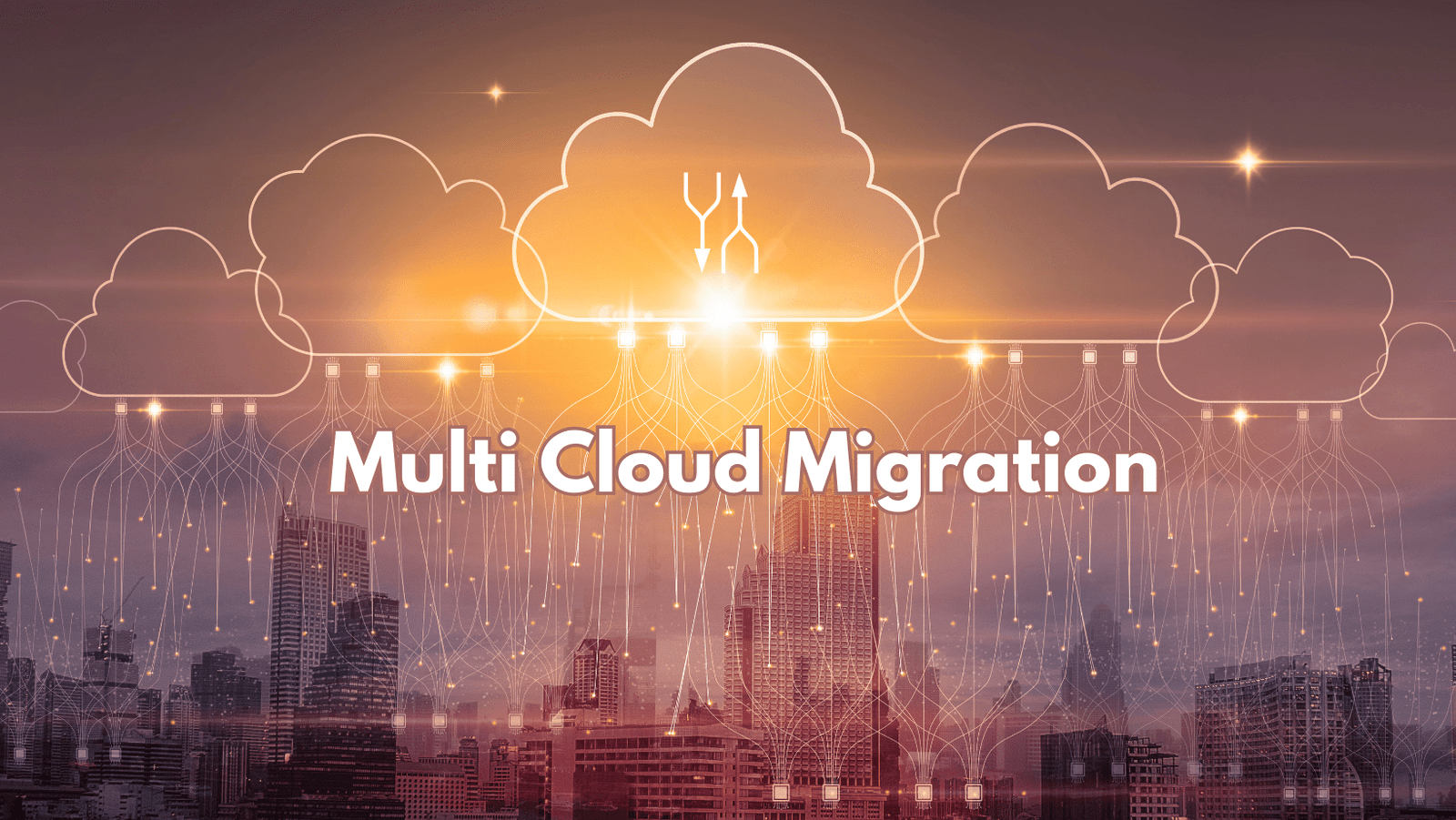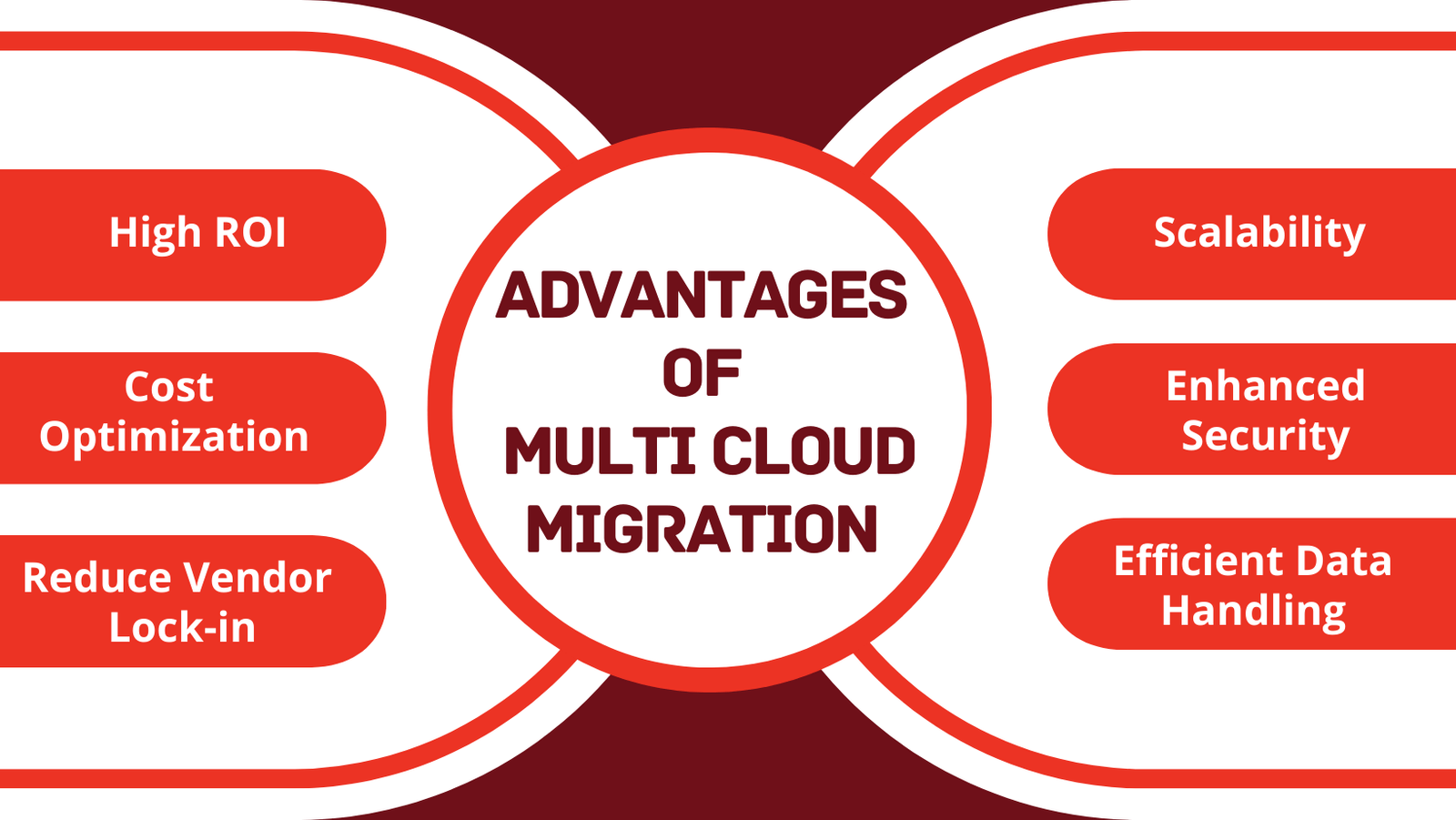Tech
Multi Cloud Migration: Everything You Need to Know
Published
1 year agoon
By
Jack
Cloud computing is invaluable for businesses because it gives scalability, flexibility, and access to the latest technology. However, depending on a single cloud provider is not generally the best choice for companies. Multi-cloud migration can help companies strategically use the unique benefits of several cloud platforms. So, Let’s explore multi cloud migration in detail.
Table of Contents
ToggleWhat is Multi Cloud Migration?
Multi-cloud helps you select the best cloud service provider (CSP) for your workload according to their expertise, pricing, and features. This means you can build a customized cloud architecture to your company’s needs. Multi cloud migration is the process of intentionally moving IT resources, apps, and data between different cloud platforms. According to the requirements, it may combine public, private, and hybrid clouds.
Advantages of Multi Cloud Migration
Companies can use each provider’s strengths with multi cloud migration. This strategic distribution of your applications and data across multiple clouds offers the following benefits:

High ROI
Cloud expenditures can rapidly go up. But, you can save money and maximize the value of business investments by utilizing different cloud service providers. For example, you can pick the most effective storage solution from one provider and the ideal analytics service from another at affordable prices.
Cost Optimization
Multi cloud also allows you to get better pricing with several providers. That will promote competition and lower expenses. So, you can pick the most affordable option for each operation and avoid excessive costs.
Reduce Vendor Lock-in
Dependence on a single cloud provider can limit your options and bargaining ability. Multi-cloud reduces this barrier by allowing you to swap between providers in response to changing market conditions and demand. This flexibility means you are never restricted by a single vendor’s service limits or cost.
Scalability
Business demands change over time, and your cloud environment should be adaptable to those changes. Multi-cloud solutions make shifting your resources among many providers easily according to demand. This guarantees that you only pay for the resources you utilize.
Enhanced Security
Maintaining the security of your data and apps is critical, and using a multi-cloud model can give you a unique benefit. By dividing your IT assets among many cloud providers, you can reduce the effect of a security violation in one cloud. This is because your data and apps are protected in other clouds, hence improving your total security through a structured approach.
Efficient Data Handling
Handling data across several clouds can be daunting, but with proper preparation and the correct tools, you can leverage multi-cloud to enhance data governance and compliance. To ensure consistent and safe data handling across your cloud ecosystem, select providers with excellent data management skills and implement effective data integration techniques.
Multi Cloud Migration Journey
Multi Cloud Migration requires thorough planning and execution. Here is a path to help you during the journey:
1. Define Business Needs and Objectives
The first step is defining your company’s objectives and end goals you seek to achieve from multi-cloud migration. Ask yourself if you want to save money, increase disaster recovery, or get access to specialized cloud services and solutions. A comprehensive understanding of your objectives ensures your migration plan aligns with your company goals.
2. Evaluate Cloud Options
After the first stage, you must thoroughly examine various cloud providers. This examination includes their costs, safety features, service offerings, industry knowledge, regulatory compliance, storage demands, and integration abilities with your existing infrastructure. You must select the best and most affordable offering from different service providers.
3. Design your multi-cloud strategy
After evaluating and selecting the best cloud options, you must create a customized multi cloud strategy. It outlines all details of which workloads will be migrated to which cloud platform based on their requirements and compatibility. This might include transferring current apps using “lift-and-shift” or delivering new cloud-native applications.
4. Pilot Testing
Before moving all apps, companies should do pilot testing with an accurate representation. They have to perform pilot testing to detect and fix any issues, fine-tune their approach, and gather valuable insights.
5. Implementation of Multi Cloud Migration
After ensuring successful pilot testing, you can fully implement multi-cloud migration. You must systematically implement your cloud migration strategy, prioritizing important apps and minimizing disruption to company operations. You should use automation tools and migration expertise to help speed up the process and save downtime.
6. Continuous Monitoring and Optimization
Understand that multi-cloud management is a continuous activity. Continuously monitor the cloud system, track performance indicators, and identify opportunities for improvement. It is critical to frequently examine your cloud provider mix and adapt your approach as your company’s demands change.
Final Words
Multi cloud migration is an ongoing process of advancement and optimization. You must clearly define your multi-cloud strategy to be successful. It will ensure that you can reap all the benefits of multi cloud and establish a unified cloud system that pushes your company’s success. I recommend you employ cloud migration services and personalize your approach as per your company’s requirements.
Author

